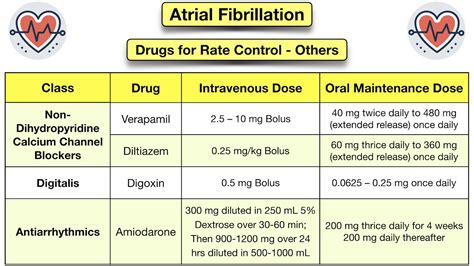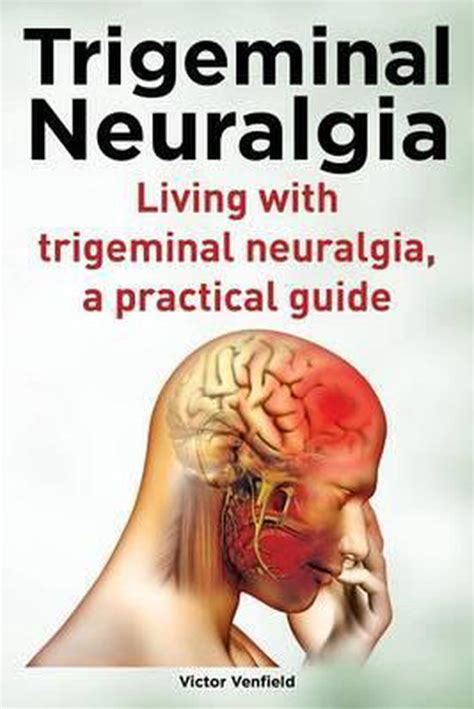Intro
Explore Trigeminal Neuralgia treatment options, including medication, surgery, and alternative therapies, to manage facial pain, neuropathic pain, and nerve compression symptoms, and discover effective relief strategies for this chronic condition.
Trigeminal neuralgia is a chronic pain condition that affects the trigeminal nerve, which carries sensation from your face to your brain. If you're one of the thousands of people suffering from this condition, you know how debilitating it can be. The pain can be so severe that it interferes with your daily activities, making it difficult to eat, talk, or even sleep. Fortunately, there are several treatment options available to help manage the pain and improve your quality of life. In this article, we'll explore the different treatment options for trigeminal neuralgia, including their benefits, risks, and what you can expect.
Trigeminal neuralgia is often described as a sharp, stabbing, or electric shock-like pain that occurs in the face, typically on one side. The pain can be triggered by simple activities such as brushing your teeth, eating, or even touching your face. The condition can be caused by a blood vessel pressing on the trigeminal nerve, a tumor, or multiple sclerosis. While the exact cause of trigeminal neuralgia is not always known, there are several treatment options available to help manage the pain. From medication to surgery, we'll delve into the different options and help you understand what might work best for you.
The importance of seeking medical attention if you're experiencing symptoms of trigeminal neuralgia cannot be overstated. A proper diagnosis is crucial in determining the best course of treatment. Your doctor will likely perform a physical exam, review your medical history, and may order imaging tests such as an MRI or CT scan to rule out other conditions. Once a diagnosis is confirmed, your doctor will work with you to develop a treatment plan that's tailored to your specific needs. With the right treatment, you can find relief from the pain and improve your overall quality of life.
Medication Treatment Options

Benefits and Risks of Medication
While medication can be an effective way to manage the pain, it's not without risks. Common side effects of anticonvulsant medications include dizziness, drowsiness, and nausea. In some cases, more severe side effects such as allergic reactions or liver damage can occur. It's crucial to follow your doctor's instructions carefully and report any side effects promptly. Additionally, medication may not completely eliminate the pain, and you may need to try different medications or combinations of medications to find what works best for you.Surgical Treatment Options

Types of Surgical Procedures
Other surgical procedures such as radiosurgery and percutaneous procedures may also be options. Radiosurgery uses high-energy radiation to damage the trigeminal nerve and reduce the pain. Percutaneous procedures involve inserting a needle or catheter into the face to deliver medication or heat to the affected area. These procedures can be less invasive than microvascular decompression, but they may not be as effective in relieving the pain.Lifestyle Changes and Alternative Therapies

Benefits of Lifestyle Changes and Alternative Therapies
Lifestyle changes and alternative therapies can be highly effective in managing the pain and improving overall quality of life. These approaches can be used in conjunction with medication and surgery to provide comprehensive pain management. Additionally, lifestyle changes and alternative therapies can help reduce the risk of side effects and complications associated with medication and surgery.Emerging Treatments and Research

Current Research and Clinical Trials
Several clinical trials are currently underway to investigate the safety and efficacy of emerging treatments for trigeminal neuralgia. These trials are exploring the use of new medications, surgical procedures, and alternative therapies to manage the pain. Participants in these trials can gain access to innovative treatments and contribute to the advancement of knowledge about this condition.Living with Trigeminal Neuralgia

Coping with the Emotional Impact
Trigeminal neuralgia can have a significant emotional impact, causing anxiety, depression, and frustration. Coping with the emotional impact of this condition requires a comprehensive approach that includes stress management techniques, counseling, and social support. By addressing the emotional and psychological aspects of trigeminal neuralgia, you can improve your overall well-being and quality of life.Conclusion and Next Steps

If you're living with trigeminal neuralgia, it's essential to stay connected with others who understand what you're going through. Joining a support group or online community can provide emotional support, connection, and valuable resources. By taking an active role in your care and seeking support from others, you can improve your quality of life and find relief from the pain.
What are the symptoms of trigeminal neuralgia?
+The symptoms of trigeminal neuralgia include sharp, stabbing, or electric shock-like pain in the face, typically on one side. The pain can be triggered by simple activities such as brushing your teeth, eating, or even touching your face.
What are the treatment options for trigeminal neuralgia?
+The treatment options for trigeminal neuralgia include medication, surgery, lifestyle changes, and alternative therapies. Medication such as anticonvulsants and pain relievers can help manage the pain, while surgery can help relieve the pressure on the trigeminal nerve.
Can trigeminal neuralgia be cured?
+While there is no cure for trigeminal neuralgia, treatment can help manage the pain and improve quality of life. With the right treatment approach, many people are able to find significant relief from the pain and live normal, active lives.
What are the risks and complications of trigeminal neuralgia treatment?
+The risks and complications of trigeminal neuralgia treatment include side effects from medication, surgical complications such as facial weakness and hearing loss, and the risk of pain recurrence. It's essential to work closely with your doctor to weigh the benefits and risks of treatment and make informed decisions about your care.
How can I manage the emotional impact of trigeminal neuralgia?
+Managing the emotional impact of trigeminal neuralgia requires a comprehensive approach that includes stress management techniques, counseling, and social support. Joining a support group or online community can provide emotional support, connection, and valuable resources.
We hope this article has provided you with a comprehensive understanding of trigeminal neuralgia treatment options. If you have any further questions or would like to share your experiences with trigeminal neuralgia, please don't hesitate to comment below. Your input can help others who are going through similar challenges. Additionally, if you found this article helpful, please share it with others who may benefit from this information. Together, we can raise awareness about trigeminal neuralgia and support those who are living with this condition.
